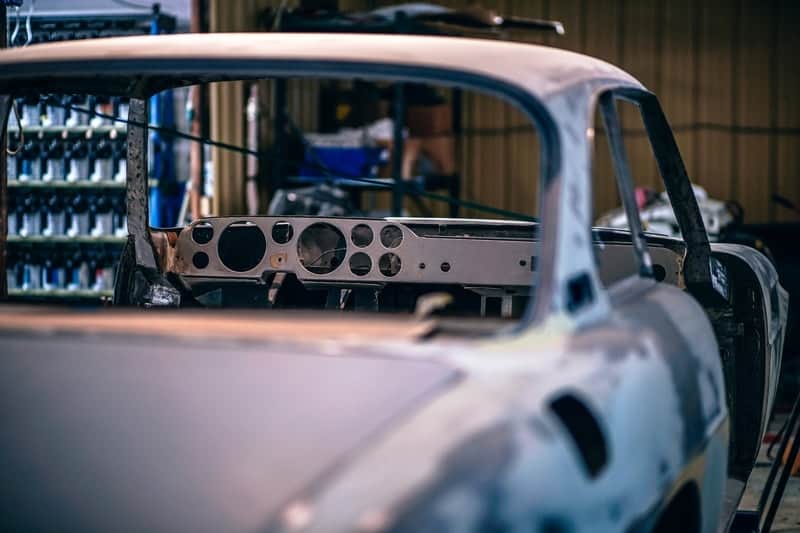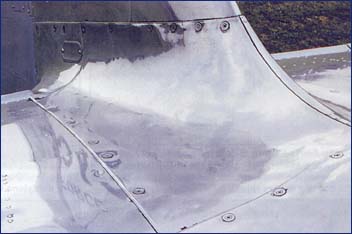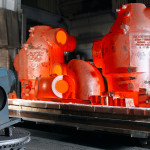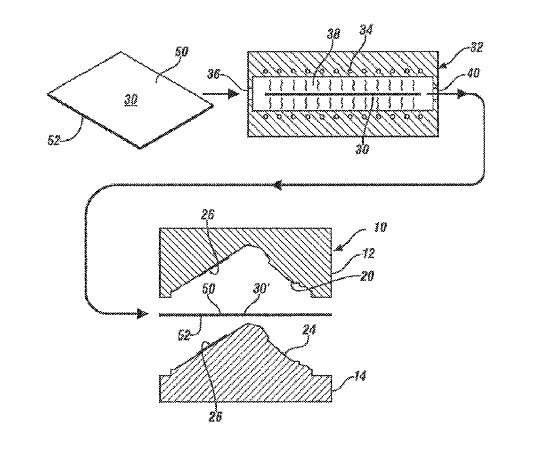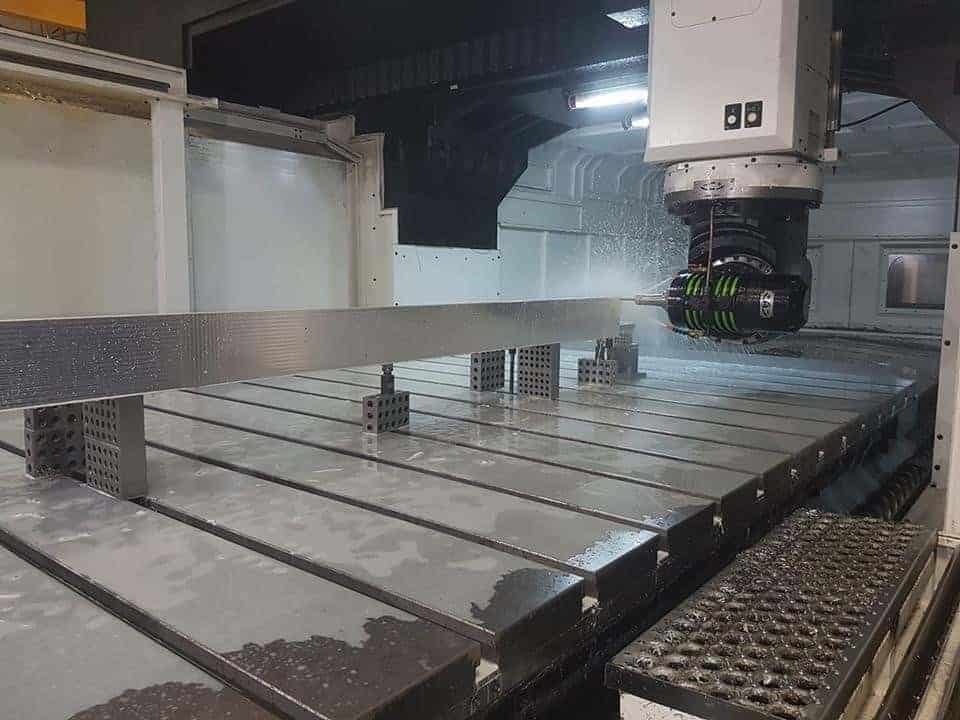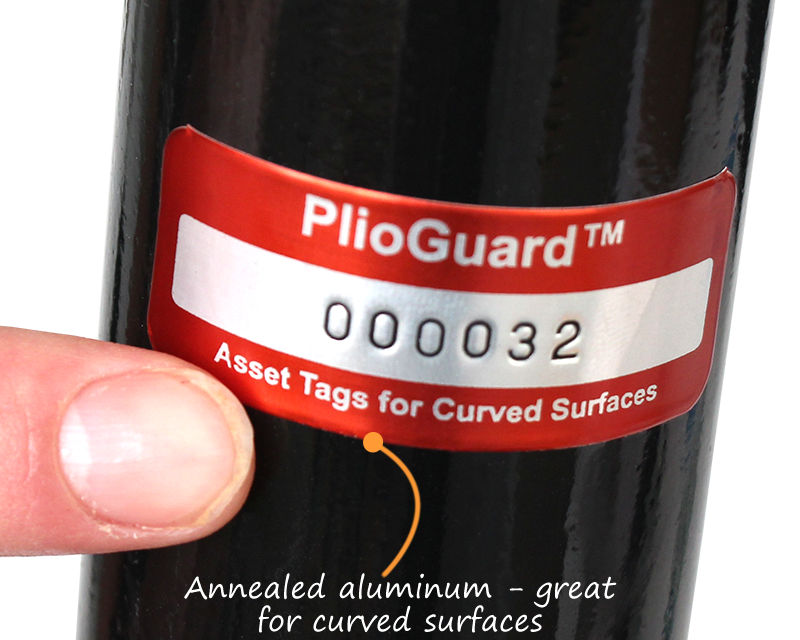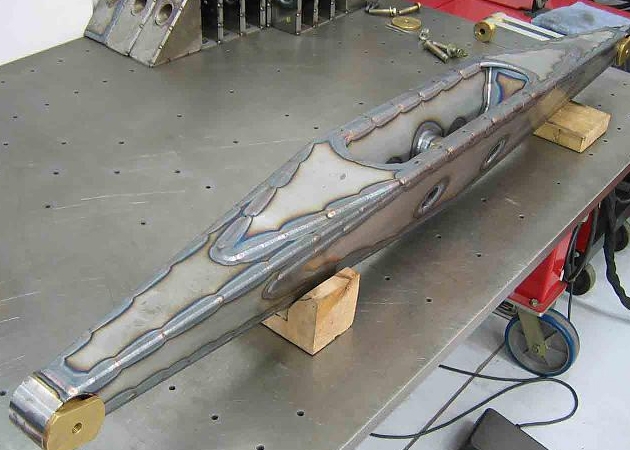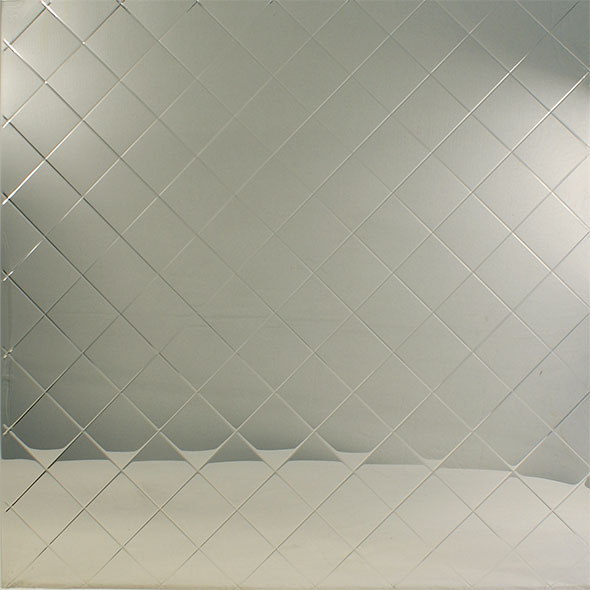Anneal Aluminum Sheet

The torch soot method of annealing aluminum sheet needs to be specifically addressed here partly due to certain well meaning automotive influences and partly because of the temporary wane of the aircraft metalworking tradition.
Anneal aluminum sheet. How to anneal stainless steel. This should anneal the 6061 t6 or other t into a t 0 material. Annealing is simply the process of heating the metal up to a point where the microstructure of the metal changes effectively eliminating the temper it was supplied with then letting the metal cool in the air. Partial annealing like this though will give you the ability to form it more easily without it cracking.
Also soft annealed aluminium has a tendency to clog the teeth of cutting tools as it no longer chips. Annealing is used for steel however other metals including copper aluminum and brass can be subject to a process called solution annealed. The drawing was transferred to the sheet of aluminium by placing it on top of the sheet and piercing through with a scriber in critical places which were then joined up. Fully annealing aluminum requires very controlled ovens and specific soak times.
Let s go over how to do this in real life depending on the tools you have access to along with a few tips and tricks to help. By annealing the metal beforehand cold working can take place without any risk of cracking as annealing releases mechanical stresses produced during machining or grinding. Also as aluminum comes from the mill it develops a coating aluminum oxide as it cools. The torch soot process is the method whereby the workman sets the torch to either pure acetylene or an acetylene rich condition and coats the panel with the.
Normalization is an annealing process applied to ferrous alloys to give the material a uniform fine grained structure and to avoid excess softening in steel. This makes the aluminum about as bendable as it can get. Ok that s the short answer. This technique also only works on sheet metal or very thin parts.
To anneal steel heat it up about 100 degrees f above its critical temperature soak it at that temp for 1 hour per inch of thickness and let it cool at a maximum rate of 70 f per hour. To be clear this isn t technically considered a full anneal. It involves heating the steel to 20 50 c above its upper critical point soaking it for a short period at that temperature and then allowing it to cool in air.
